Shougang park in 2019 with remaining cooling towers and “Big Air” Olympic ski ramp
A decade before Shougang Iron and Steel hosted Winter Olympic sporting events, it was an immense decaying complex of blast furnaces, coke ovens, and rusting networks of pipes and coal conveyors. With the arrival of the 2022 Beijing Winter Olympics, it’s relevant to examine an industrial site with a fate inexorably shaped by two Olympic events separated by 14 years. Documentation is ongoing since the Shougang site continues to evolve from industrial mega-complex in 2008 to derelict in 2011 to brownfield development in the present day. While the 2008 Olympics brought the end of the manufacturing operations of Shougang Steel, the 2022 Olympics catalyzed its rebirth.
““There is a black cover over the city of Beijing. The center of the cover is in Shijingshan […] At night, it moves to the city and sinks.””
View of the No.4 blast furnace, smoke stacks, and cooling towers at Shougang from Shijingshan, 2011
Shijingshan is a western district of the national capital and one of the major industrial zones designated for iron and steel production by urban development plans starting[2] in the 1950s. Many of these zones centered on large state-owned enterprises[2] like Shougang Iron and Steel Group, also known as Capital Iron and Steel Group〖首都钢铁公司〗 and commonly referred to as Shougang Old Factory〖首钢老厂区〗[3 ] which was first established at the site in 1919.[4–6] By the 21st century the plant expanded to become an industrial city-within-a-city[1] but was a major contributor to the city’s air pollution problem.[2, 7–10]
Both the size and significance of the Shougang cannot be understated.[3] In 2018 Capital Iron and Steel was included as one of the first 100 places on China’s Industrial Heritage Protection List[4] which selected sites key to the industrial history of China. Multiple attributes such as its history and size make the plant a significant location. Shougang Factory covers a land area[11] of 8.63 km² although it is only a component of the even larger Shijngshan industrial cluster.[7, 8] At its peak, the iron and steel factory operated 5 blast furnaces[7, 12] 6 coke ovens[7] and rolling mills.[7, 11] Many components of the plant were superlatives, such as the first top-blown oxygen converter[4, 13] in China and the largest wire rod and billet chain casting plant in China[4]. The No. 2 blast furnace, completed in 1979, was the first modern blast furnace in China.[11, 13] At one point, the Shougang factory yielded a fourth of the profit and taxes in the city of Beijing[1, 4] and around 100,000 people worked and lived[1] at the plant in the years before the relocation.
Detail at the top of Shougang’s No.3 Blast Furnace
The No.1 Blast Furnace at Shougang, 2011
Many workers and families lived on-site in the Casting Village and Shen et al[1] present a description of life there in 2002 from one resident: “When thick smoke was spouted from the smokestacks, it smelled too awful. It was dirty even though I swept the floor three times a day.” It was in 2001 that the selection of Beijing as the host city for the 2008 Olympic Games[9] finally provided a catalyst for lasting improvement of the environmental conditions in the metropolis. Even before the selection, there was significant concern[1, 14, 15] about air pollution and environmental degradation, and Beijing had to make commitments to improving these issues as part of their bid for the games.[8, 9]
Railroad crossing sign at Shougang, 2011
In recent years, opposition to the Olympic Games has mounted, citing the astronomical costs as well as the significant detriments to the host cities.[16, 17] Cities are providing diminishing interest in hosting the games, which is one reason Beijing is hosting the games twice within two decades.[16, 18] While investments in tourism and transportation infrastructure may deliver a lasting value[17] to a city, the predictable cost overruns, lasting deficits,[19, 20], displacement of residents[21], unusable venue facilities[17] in addition to numerous other issues often combine to make hosting an Olympic Games a net negative event.[16–18] While researchers such as Brady[14] have branded the transformation of Beijing for the 2008 Games a “Potemkin village” the efforts to improve the city’s environmental conditions indeed provided quantifiable and lasting effects.[1, 7, 9, 15]
Coal Conveyor and coal station at Shougang, 2011
“Perhaps the most notable instance of state-coordinated climate authority is the manner in which Beijing’s air quality was re-engineered during the 2008 Olympics—flowers potted all over the city, traffic barred, trees planted in the desert, and factories and power plants closed—all to successfully blue the skies for the Games. ”
While an Environmental Master Plan for Beijing existed prior, the successful bid for the 2008 Games accelerated the implementation of some sections which were incorporated in the environmental commitments for the games.[8, 9] One remarkable goal to improve air quality and manage water, waste, and energy issues was the relocation of more than 200 polluting factories in inner Beijing, Shijingshan, and elsewhere.[8] Many of these factories were relocated by 2006[8] but it was not until February of 2005 that the authorities approved the mandated relocation plan for Capital Iron and Steel[1, 7, 10] which would gradually decrease production[8] before the 2008 Games and then completely stop production by 2010 and relocate to new facilities in Hebei province.[7, 10] A move of an iron and steel enterprise of this enormous size was the first of its kind in China[6, 9, 11] and perhaps without precedent globally.
Buttons on a control panel in Shougang, 2011
Later in 2005, Shougang’s new main production center was founded at Caofeidian a port in Tangshan in Hebei province,[9, 11] and the smallest and oldest of the 5 blast furnaces at the Beijing factory was shut down.[23] Over the next few years, Shougang decreased production in Beijing and decommissioned more coke ovens and blast furnaces, leaving only two blast furnaces operating[24] after 2008. In 2009 and 2010 the first two blast furnaces at the new Tangshan factory were ignited. At the time, these new 5,500 cubic meter blast furnaces were the largest in China, surpassing the largest 2,500 cubic meter furnace[13, 25] at the Beijing plant. As planned, Capital Iron and Steel shut down all production lines at the end of 2010 and the official ceremony to mark the decommissioning of the factory was held on January 13th, 2011 bringing 92 years of iron and steel production to a close.[6]
Heavy machinery in the coal station, 2011
By all accounts, the removal of Capital Steel and other polluting factories from Beijing met the goals set in the environmental commitments for the Olympics. Reduction of air pollutants in the city was successful in conjunction with other measures implemented prior to and during the 2008 Games.[8] Moreover, the policies and results were not only temporary since environmental conditions have continued to improve in Beijing in the years since the “Green Olympics”.[7, 15] While many air quality metrics are available, one straightforward indicator is the “Blue Sky Day” to designate a day with acceptable air quality (an air pollution index value less than 100).[8] Throughout 1998 in Beijing, there were only 100 Blue Sky Days. Since then, a steady decrease in air pollutant concentrations[1, 15] yielded better air quality every year with 2011 seeing 286 Blue Sky Days.[1] Trends in recent years continue to show progress.[26, 27]
Following the move of polluting industry from Beijing to Hebei province, much attention was given to the clear progress on environmental conditions in the capital city. It is important to emphasize that the sources of deleterious air quality did not disappear, but were merely shifted elsewhere. While air quality improved in Beijing, it became markedly worse in Hebei province. Both Hebei province and the industrial city of Tangshan are recognized as China’s most polluted.[28]
“We have all we’ve ever wanted now: a house, money, a car, etc. But the environment has become unfit for us to live in. It used to be bad, but it’s only getting worse and worse. Tangshan is wealthy enough; why don’t they (the government) stop bringing more polluting industries?”
Although air quality may be improving in some cities, it is deteriorating in others. Environmental protection policies continue to develop in China overall, alongside public awareness of related issues.[28]
Slag Cars, 2011
Following the complete closure of Capital Iron and Steel in early 2011, the massive industrial behemoth was dormant after 92 years of iron and steel production. Plans to redevelop the Shougang site into a cultural park were longstanding[12]. Even though the demolition of some structures ensued soon after the plant was decommissioned, the majority of the steel mill remained as a rusty relic of Beijing’s industrial past attracting visits from those drawn to the scene.[3] In 2015 Beijing was awarded the 2022 Winter Olympic Games and the headquarters of the organizing committee was soon located within the old factory compound. Comprehensive redevelopment of the brownfield property moved forward intending to open the Shougang Industrial Heritage Park and Blast Furnace Museum[29] before the games, as well as use the vacated industrial space for winter sports facilities. A hockey arena, ice skating venues as well as the “Big Air” snowboarding ramp[1] have all been built in the Shougang Park for the 2022 Winter Games.
The story of the Shougang Old Factory is not complete, and further exposition will be provided in the future. We have made multiple visits to the factory since 2011 and more are needed to fully appreciate the site’s magnitude and record the transformation and remnants. When the Shougang Park opened[3] in 2019, it marked one century from the opening of the original Shougang factory in 1919 and the transition from a rusting relic to a preserved piece of industrial history.


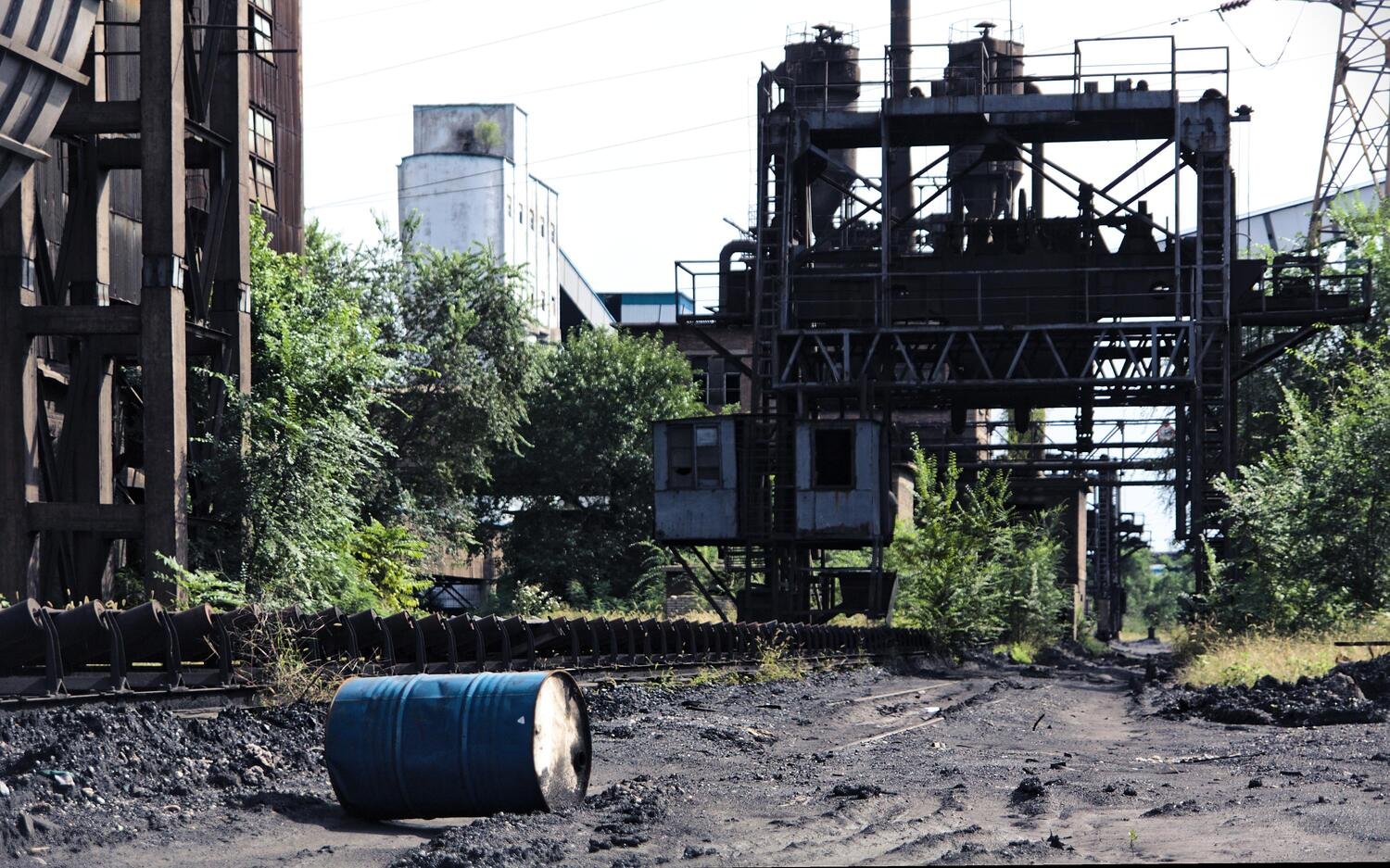
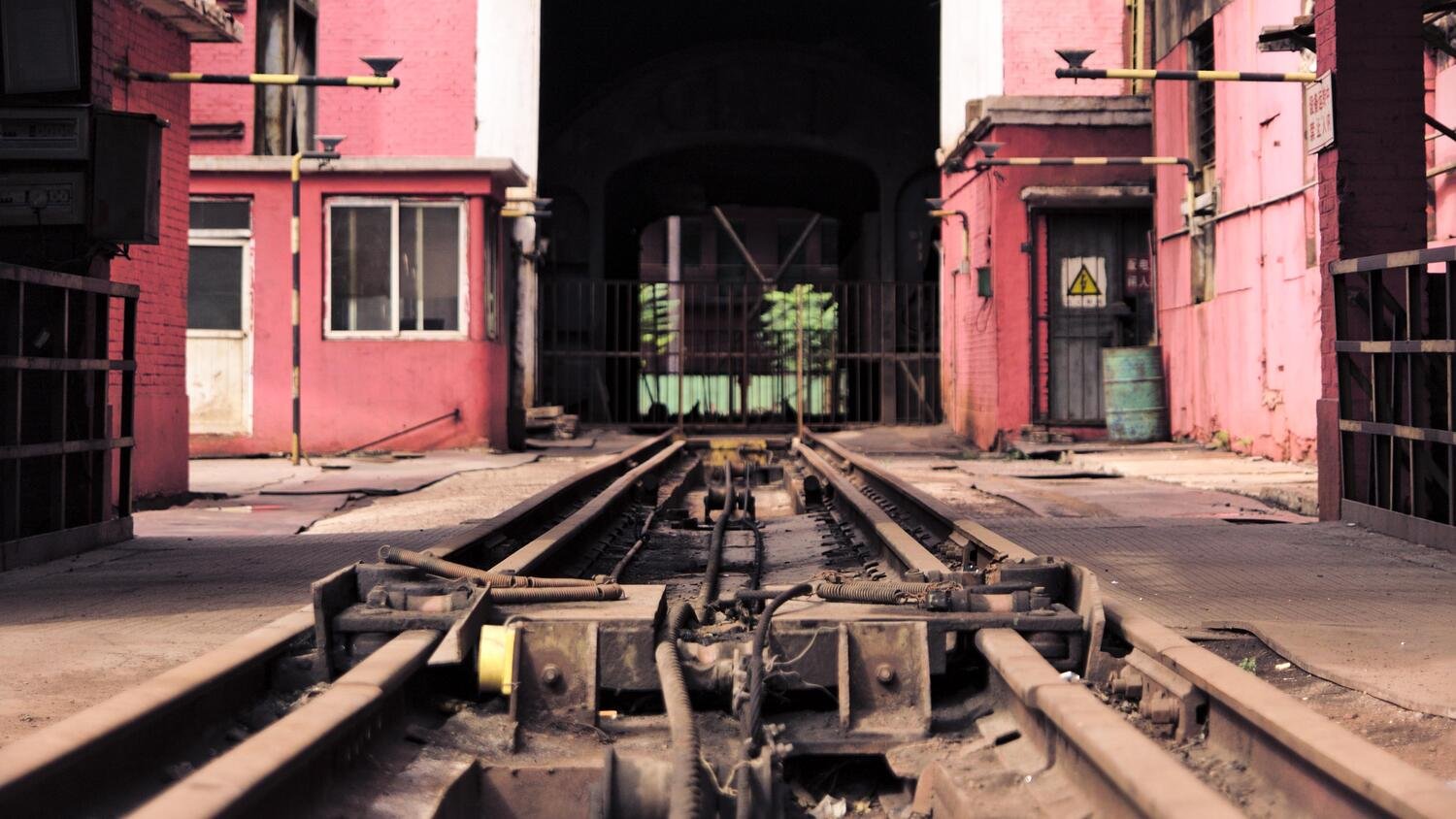

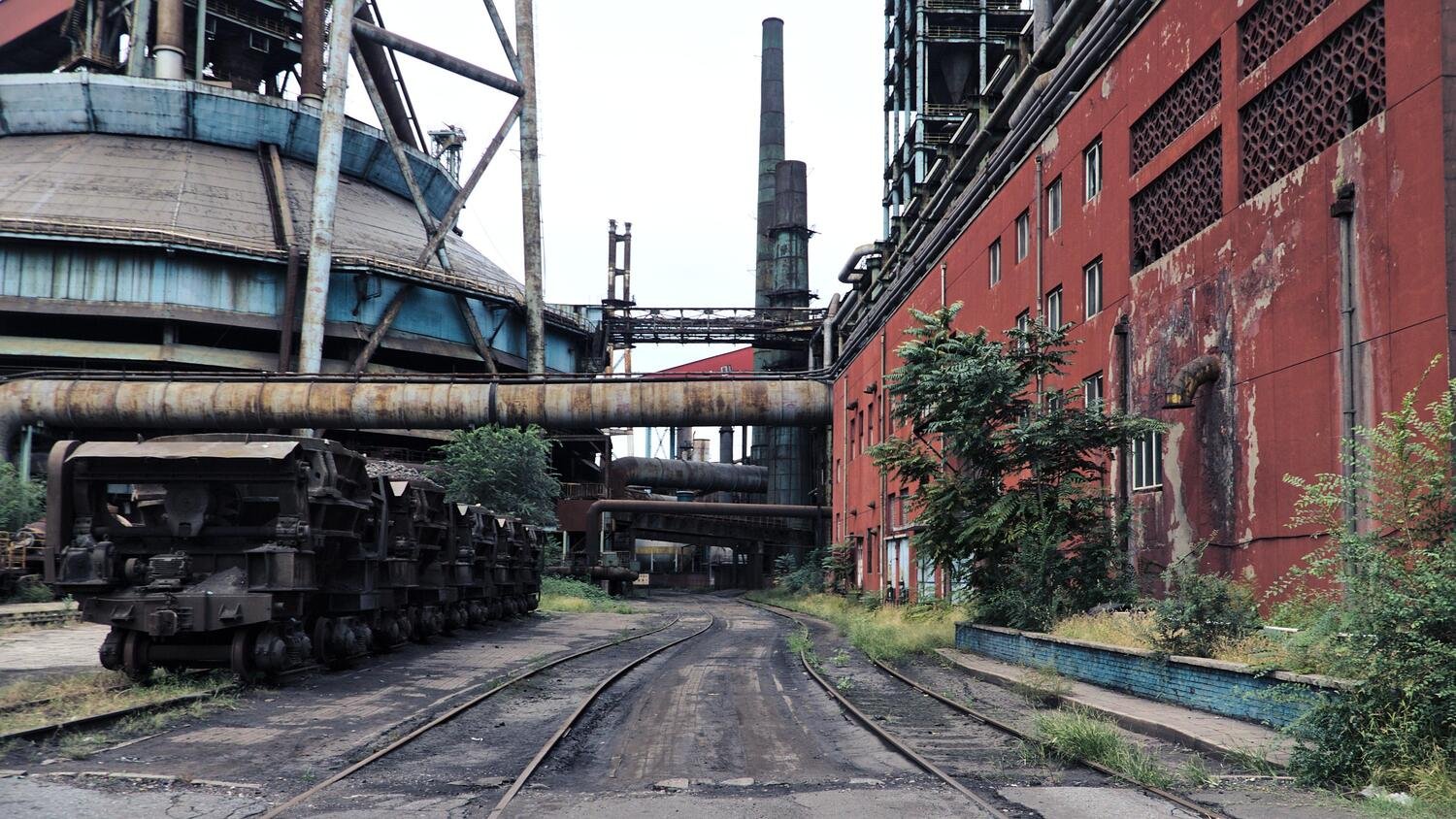

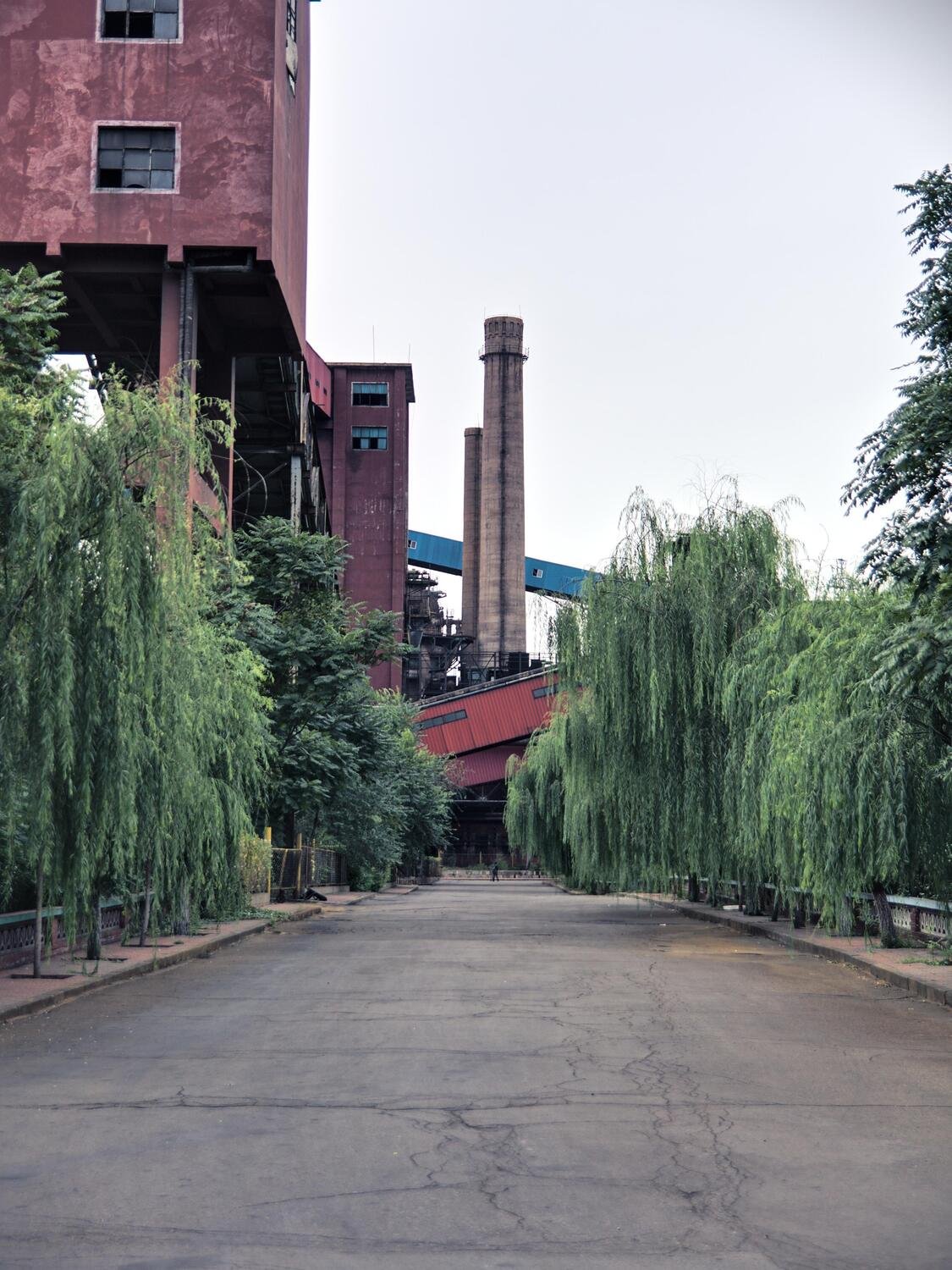
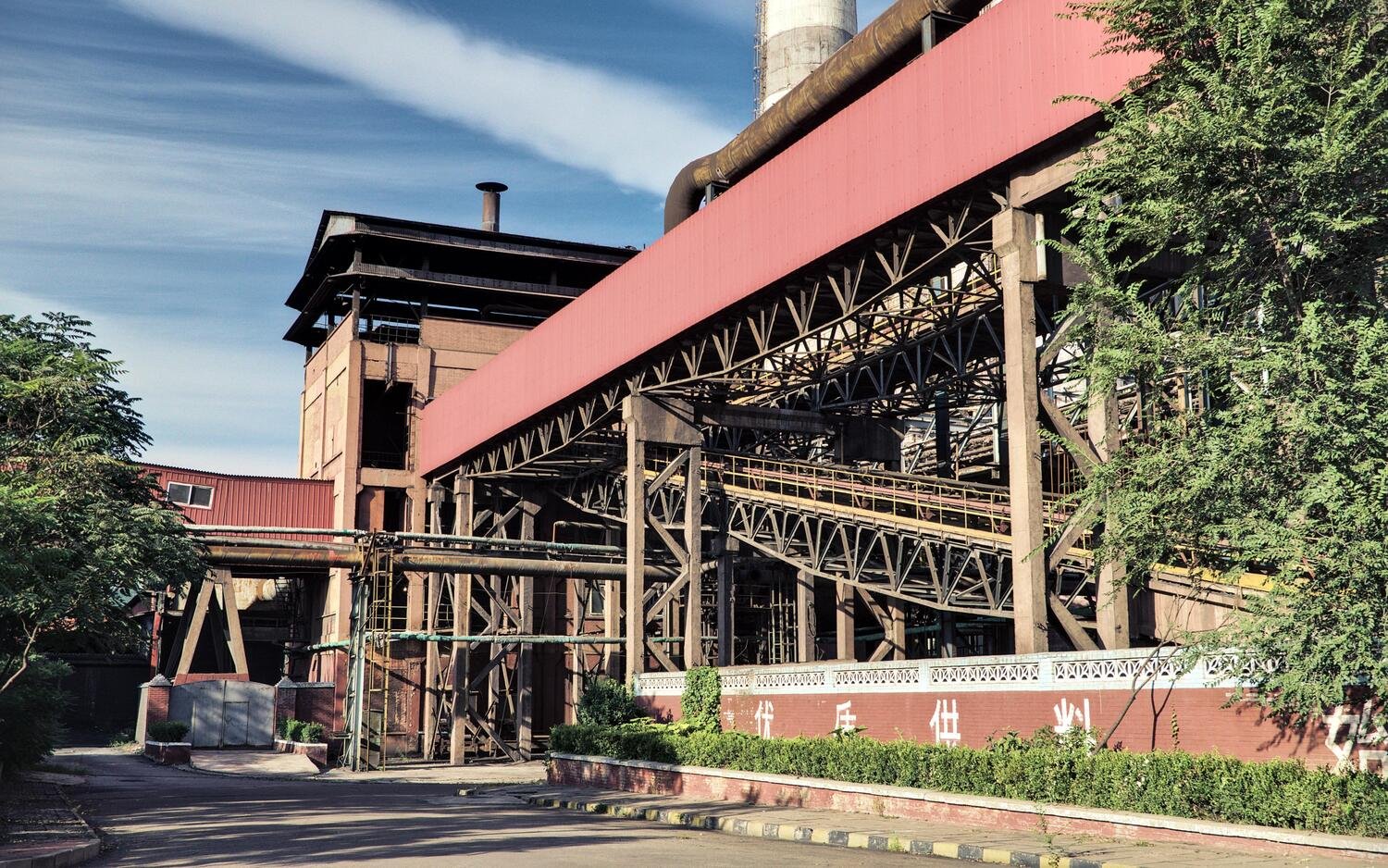






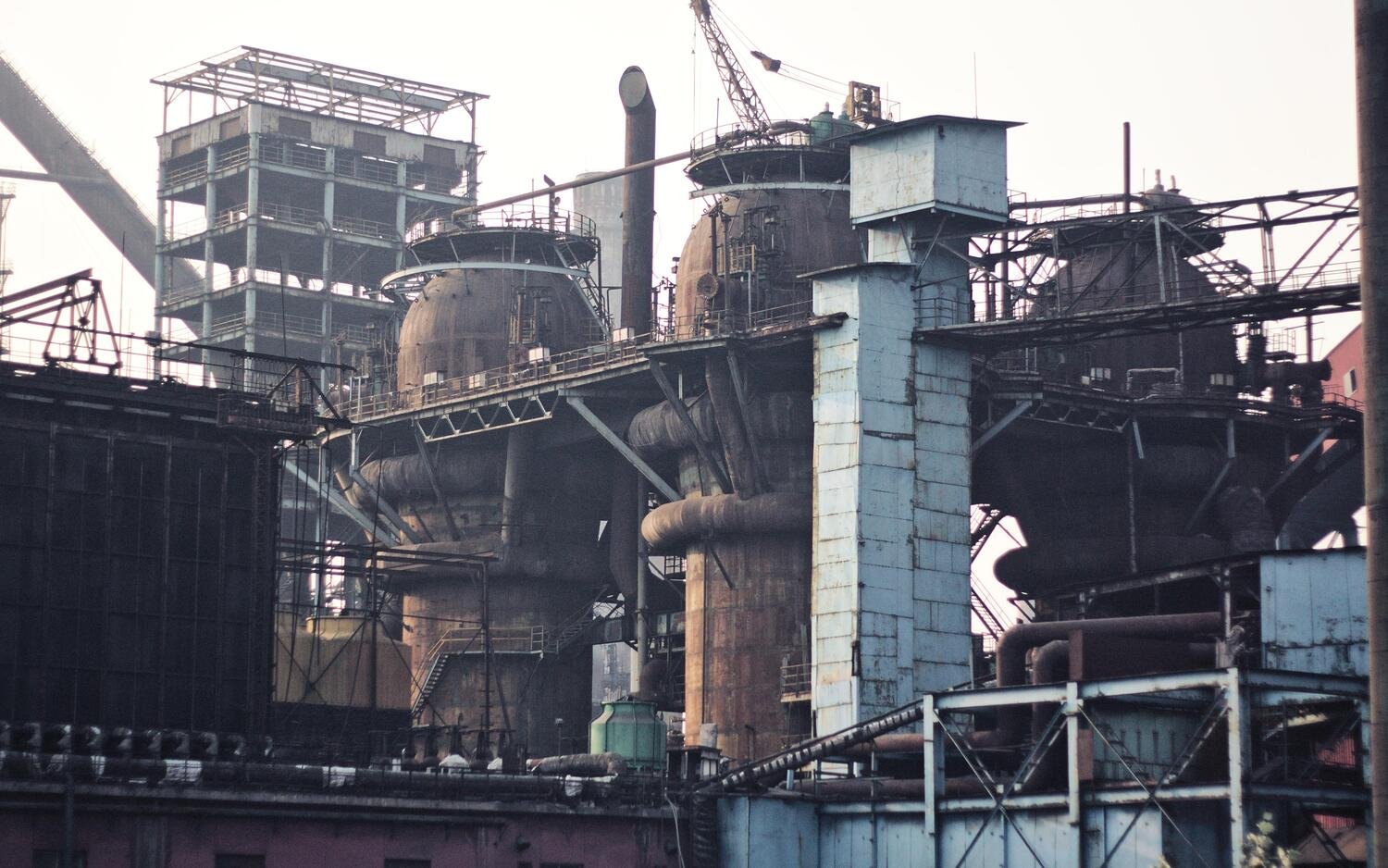
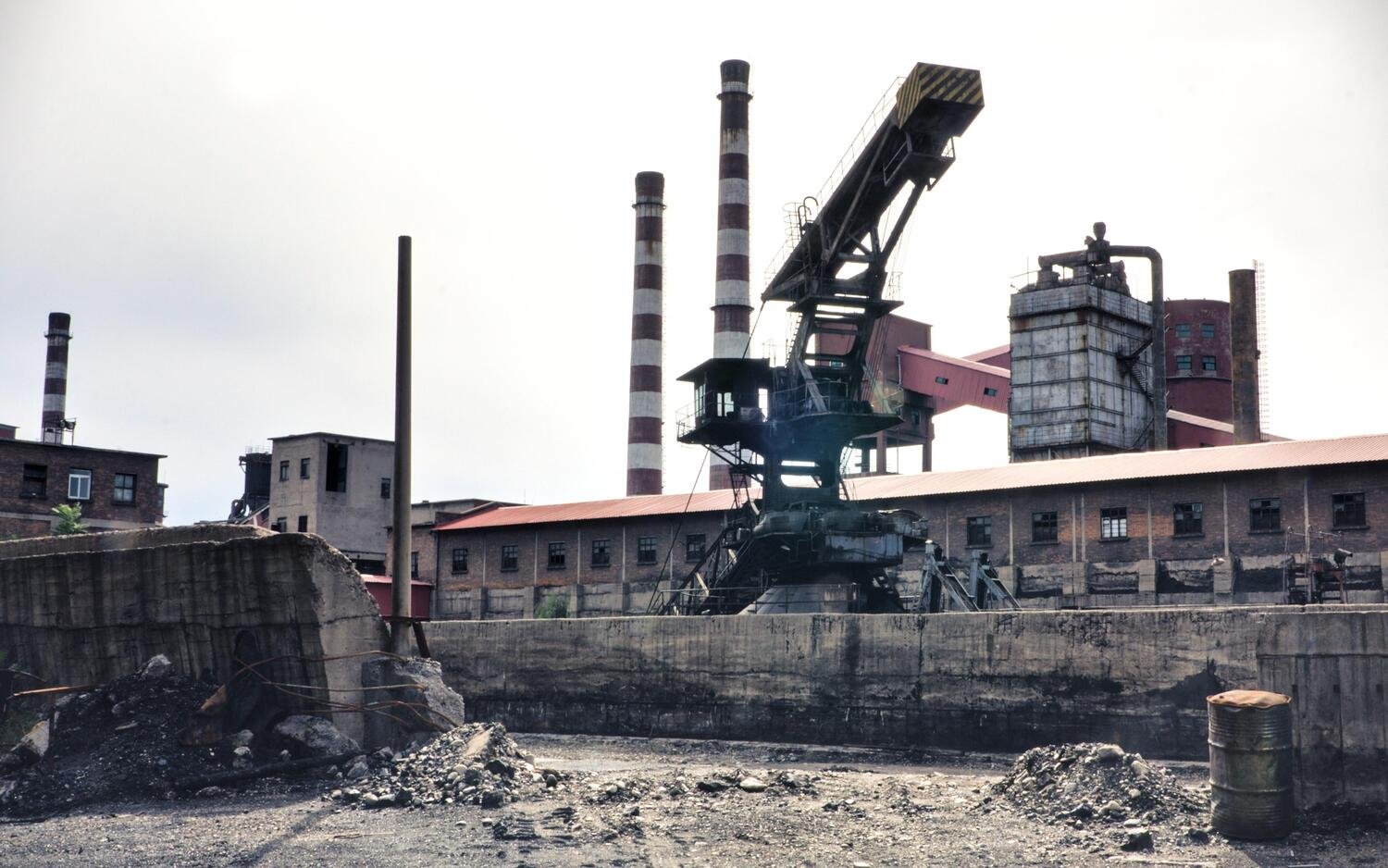
Shen N, Ding W, Xiao S, et al. Beijing 2022 opens new chapter in life of former “Steel City”. China Daily HK. Published online Sunday, January 06, 2019, 12:47.
Wang N, Golubchikov O, Chen W, et al. The Hybrid Spatialities of Post-Industrial Beijing: Communism, Neoliberalism, and Brownfield Redevelopment. Sustainability. 2020;12(12):5029.
Cao R. 工厂初探:再见,百年钢铁丛林. 满盈 Abundance. Published online May 17, 2020.
栾梦, proofreader. 中国工业遗产保护名录第一批名单公布,含京张铁路等百个项目_中国政库_澎湃新闻-The Paper. 澎湃. Published online January 27, 2018.
留存钢铁记忆 首钢探路工业遗产保护. Published online November 27, 2017.
杜燕. 91年北京首钢老厂区停产 张德江:应做新起点——中新网. Published online January 13, 2011.
Zhang L, Meng Q, Sun Z, et al. Spatial and Temporal Analysis of the Mitigating Effects of Industrial Relocation on the Surface Urban Heat Island over China. ISPRS International Journal of Geo-Information. 2017;6(4):121.
United Nations Environment Programme. Independent Environmental Assessment: Beijing 2008 Olympic Games. Nairobi, Kenya: United Nations Environment Programme; 2009.
Wilson DL. Impacts of Environmental Policy in China’s Beijing-Tianjin-Hebei Region: A Case Study of the Iron and Steel Industry. Published online May 26, 2017.
Steel giant Shougang to move out of Beijing. Xinhua. Published online February 8, 2005.
百年首钢 百炼成钢. 世界金属导报. 2019;(31):B08-B09.
兑现奥运承诺 首钢4号高炉关火. 新闻中心. Published online January 6, 2008.
Shougang Group. Striving Ahead and Advancing Bravely, Shougang Has Made Brilliant Achievements in the Past Hundred Years - 100th Anniversary of Shougang’s Founding. Shougang Group. Published online August 27, 2019.
Brady AM. The Beijing Olympics as a Campaign of Mass Distraction. The China Quarterly. 2009;(197):1-24.
Cheung KY. Economic Analysis of the Beijing Green Olympics: Implications on Environmental Protection in China. IJEF. 2010;2(3):p104.
Shure N. Abolish the Olympics. The New Republic. Published online July 12, 2021.
Aleem Z. Why (almost) no one wants to host the Olympics anymore. Vox. Published online February 23, 2018.
Serhan Y. The Olympics Have Lost Their Appeal. The Atlantic. Published online August 7, 2021.
McBride J, Manno M. The Economics of Hosting the Olympic Games. Council on Foreign Relations. Published online December 14, 2021.
Svrluga B. Fewer and fewer cities want to host the Olympics. That should tell the IOC something. Washington Post. Published online August 8, 2021.
McDougall M, Ross M. The Olympics is a disaster for people who live in host cities. Washington Post. Published July 29, 2021 at 6:00 a.m. EDT. Accessed January 17, 2022.
Wainwright J, Mann G. Climate Leviathan: A Political Theory of Our Planetary Future. London ; New York: Verso; 2018.
谢剑. 5号高炉已经正式熄火 首钢搬迁压产正式启动-搜狐财经. 搜狐. Published online July 8, 2005.
小婧子. 首钢4号高炉率先停产 奥运期间污染物减排超70%-搜狐2008奥运. 搜狐. Published online January 6, 2008.
赵仁伟. 首钢京唐钢铁厂“第一高炉”的“攀升之路”. 中国要闻. Published online November 15, 2011.
Myers SL. A Blue Sky in Beijing? It’s Not a Fluke, Says Greenpeace.. The New York Times. Published January 11, 2018. Accessed January 22, 2022.
Yuan Y. Meeting Anti-Pollution Targets, Beijing Breathed Clean Air in 2021. Sixth Tone. Published online Wed Jan 05 03:05:05 PST 2022.
Li X, Tilt B. Perceptions of Quality of Life and Pollution among China’s Urban Middle Class: The Case of Smog in Tangshan. The China Quarterly. 2018;234:340-356.
Han S. Shougang NO.3 Blast Furnace Museum / CCTN Design. ArchDaily. Published online July 18, 2020.
